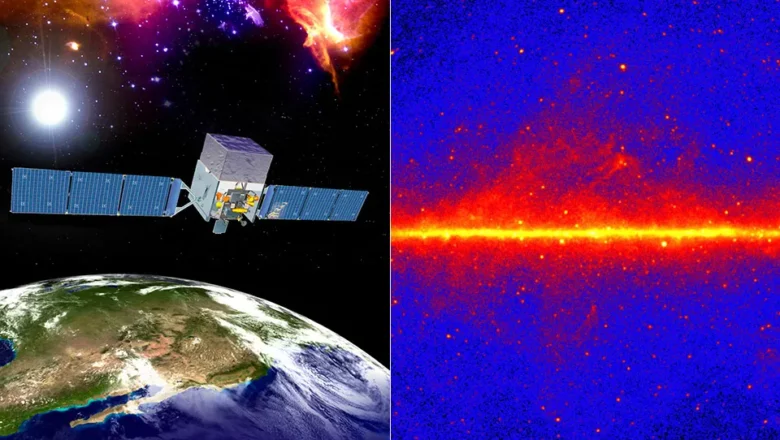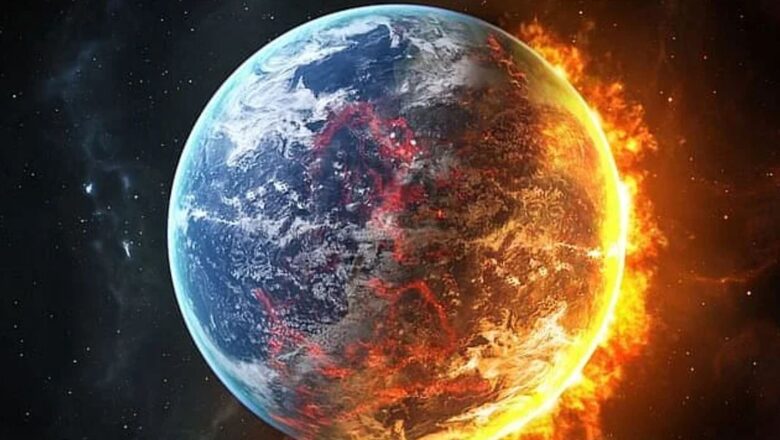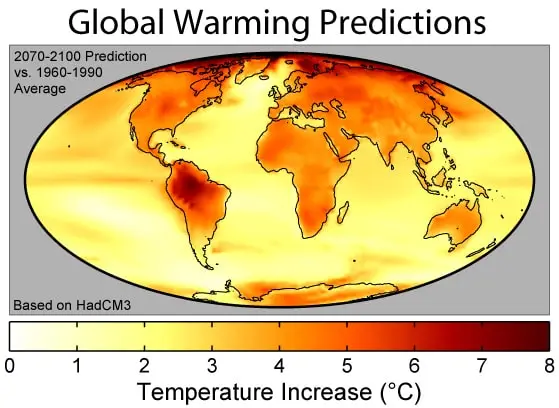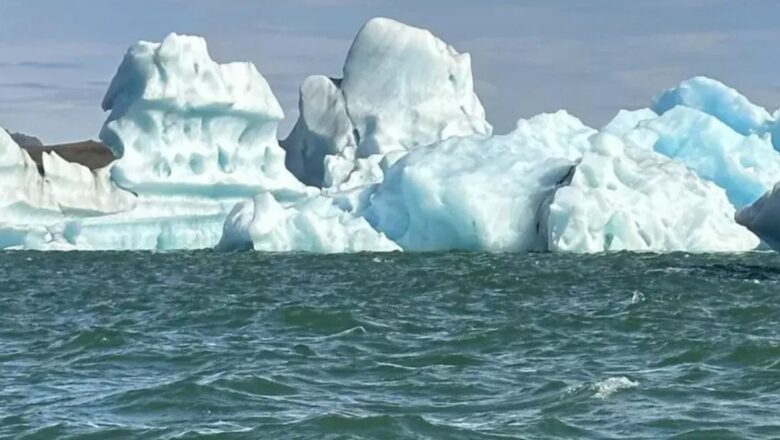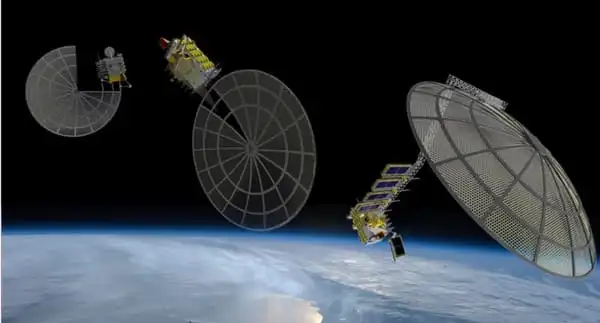
Polar Bear Populations Decline in Greenland Over 20,000 Years Due to Climate Change
A comprehensive international study, including researchers from the University of Copenhagen, reveals a concerning decline in polar bear numbers in Greenland over the last 20,000 years. The research, combining genetic analysis, food habits, habitat study, and historical climate data, points to rising sea temperatures as the key driver behind this decline.
The study, published in Science Advances, emphasizes the impact of global warming, leading to increased sea temperatures and reduced sea ice, consequently affecting the polar bear‘s primary food source – seals. Michael Westbury, lead author and assistant professor at the University of Copenhagen, highlights the non-linear relationship, where even small environmental changes significantly impact polar bear populations.
The research ind...



